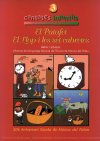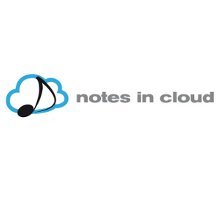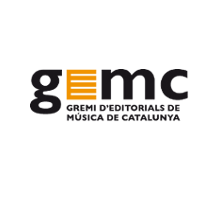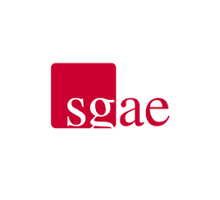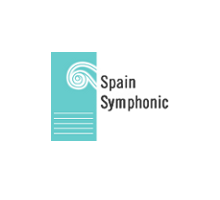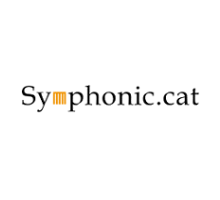L'Escola de Música del Palau (the Palau Music School) came into being in the academic year 1975-76 as a result of discussions between the people in charge of the Orfeó Català society and Joaquim Garrigosa, who was charged with setting up the project for offering courses to introduce children to music. During the academic year 1985-86 the school, which had started out in the premises of the Palau de la Música concert hall initially and had then moved to Ortigosa street, took legal form through the creation of a cooperative of teachers, this coinciding with a further move, this taking it to the first floor of number 6 in St. Pere més Alt street. In March 1991, the School was classified by the Autonomous Government of Catalonia as an unofficial but recognised centre at the elementary-education level (under the legal provisions of DOGC number 1431 of 17/4/1991); later, through the application of the nationwide education statute (LOGSE), the school was classed as an 'Authorised School at the elementary-education level' (DOGC number 2.179 of 8/3/1996).
From the outset, it was decided to base the school on methodologies that respected the natural evolution of the children, enabling them to develop their musical capacities to the full, in both technical and expressive terms, while putting musical language within the reach of most children, and arranging the teaching work so as to retain close links with the Catalan musical tradition. The curriculum covers the elementary and part of the intermediate levels of the musical-language syllabus.
From the age of 4, the basic musical mechanisms of the children begin to become fixed in sensorial terms, these mechanisms then being properly assimilated later on.
The older ones work along the same pedagogical lines, though with adaptations to suit their broader potential in terms of speed of response and intellectual control.
As regards the study of instruments, the basic criteria of the school are on the one hand to awaken the children to the sound-world and musical world of their instruments, and on the other to provide them with a solid, well-grounded technique from the start. There is a wide choice of instruments, including the piano, violin, cello, recorder, flute, guitar, clarinet, French horn, trumpet, oboe and saxophone, as well as singing.
In this context of making music and enjoying the instruments, great importance is attached to instrumental ensembles in order to develop listening abilities within the ensemble work.
Choral singing is also basic to the work arranged, since it enables musical expressiveness to be achieved using the voice.
With the aim of getting the children to experience live instrumental music, both as audience members and as performers, the school organises two kinds of activities: concerts for the students by professional-level performers, and concerts by the students for the public in general.
Contact between parents and teachers, either through school reports or in person when needed, is essential for the learning to be successful.
Every four months, the school assesses the progress of each child in musical language and in his or her instrument, for the two-fold purpose of providing information and dealing appropriately with situations arising.


